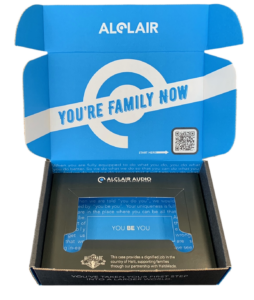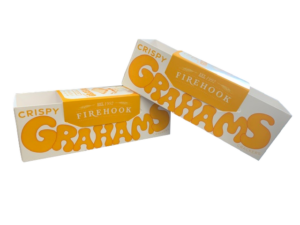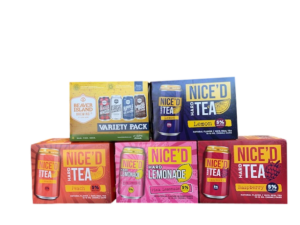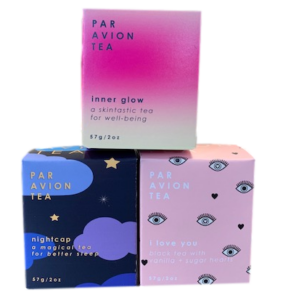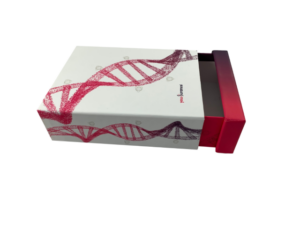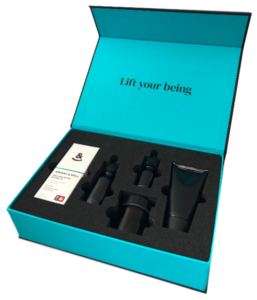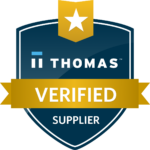Be proud of how you package and ship your product. Use eco-friendly and sustainable paper packaging.
Using paper packaging can be versatile in size, strength, shapes, and more. Let’s explore the 3 most common ways paper is used to create packaging and some of the key characteristics of each. All three have a unique set of properties making them suitable for different applications, but which one is right for your product?
But first... Why use paper packaging?
1. Biodegradable
Compared to other packaging options like plastic, paper has the highest biodegradation rate when exposed to bacteria, yeast, and other organisms in the natural environment.
2. Recyclable
Recyclable paper means it can be reused to serve a new purpose. Paper is the most recyclable material in the world and most everyone has easy access to recycling services at their home and place of business.
3. Bio-based
Paper is a truly sustainable product. It is made of forest materials that revert back into natural materials when they decompose.
4. Low Emissions
Pulp, paper, and print production account for only 1% of greenhouse gas emissions.
5. Reusable
No only can your consumer reuse your paper packaging for storage and/or shipping, once the packaging is recycled, it can be re-pulped to make new packaging. Recycled paper packaging fibers can be reused 5-7 times to make new products.
6. Direct Print Options
The ability to print directly onto paper packaging increases brand visibility.
7. Versatility
Your packaging can set the tone for what’s inside. Paper packaging allows for creative shapes and prints allowing you can convey whether the product is eco-friendly, elegant, the audience it is intended for, etc. Additionally, you can combine different types of paper packaging to achieve the look and functionality you require.
8. Positive Public Perception
According to Human Rights Careers climate change is the #2 most pressing issue in the world today. Another survey published by the FSC reports that 86% of consumers try to avoid products that damage biodiversity and 7 in 10 choose products that so not contribute to climate change.
Option 1: Corrugated
Corrugated boxes are made from a layer of corrugated paper sandwiched between two layers of linerboard. The corrugated layer provides strength and durability, while the linerboard gives the box its shape and rigidity.
Corrugated packaging can be made from either ECT or Mullen grade board. In short, Mullen grade board is made of more virgin fibers which are longer and allow for increased durability. ECT grade board is made of mostly recycled material re-pulped to make new packaging. These fibers are shorted and less interwoven creating a lighter, cheaper board.
Corrugated packaging is a popular choice for shipping due to its versatility, durability, and cost-effectiveness. It can be designed in a variety of shapes and sizes to meet the specific needs of each shipment. Before starting the design process, it’s important to consider the shipping environment and risk of product damage. Corrugated materials offer a high level of protection for fragile products, ensuring they arrive at their destination safely. For less delicate items, the focus shifts to finding operational efficiencies and reducing overall costs. No matter the situation, corrugated packaging offers a reliable solution for your shipping needs.
Option 2: Folding Cartons
The paper used to make folding cartons is generally thinner and less sturdy than the paper used for corrugated boxes. Folding cartons are typically used for packaging lighter products that sit on shelves or ship in another box/container such as food, cosmetics, and small consumer goods.
Folding cartons are an excellent choice for brands that want to showcase their product in an attractive package, but don’t have a large budget to work with. The sleek and simple design of folding cartons can be easily customized with colors, logos, and other high-quality graphic elements.
When designing a folding carton, it’s important to consider what will go inside and how it will be filled. Folding cartons are certified for direct food contact. Additionally, many times companies use machine automation to fill their product into their packaging. Folding cartons are the preferred choice for these machines. Depending on the products weight, dimensions, and fragility, different paperweights may be used.
They can also be used to secure product inside of a corrugated or rigid box and provide a high-end presentation. No matter the situation, folding cartons offer a reliable solution for your packaging needs.
Option 3: Rigid Boxes
Rigid setup boxes are a popular paper packaging option for displaying and protecting high-end products. They are made by cutting and forming a chipboard sheet, then covering it with a printed sheet of paper for added design and durability. This type of box offers a rigid structure and upscale presentation for products such as cosmetics, electronics, home goods, medical device, marketing kits, and giftables.
Rigid boxes can be customized with various printing techniques, such as embossing or foil stamping, to enhance the overall appearance and branding. These boxes also have the advantage of being easily opened without causing damage, making them a frustration-free choice for both retailers and consumers. Rigid boxes provide practical protection and an elegant presentation for premium products.
What's Next?
Now that we’ve taken a closer look at the three main types of paper packaging, it’s time to decide which type is best for your product.
No matter what you’re shipping or selling, there’s a type of paper packaging that will meet your needs. PAX Solutions is ready to help you find the perfect solution for your business today!



